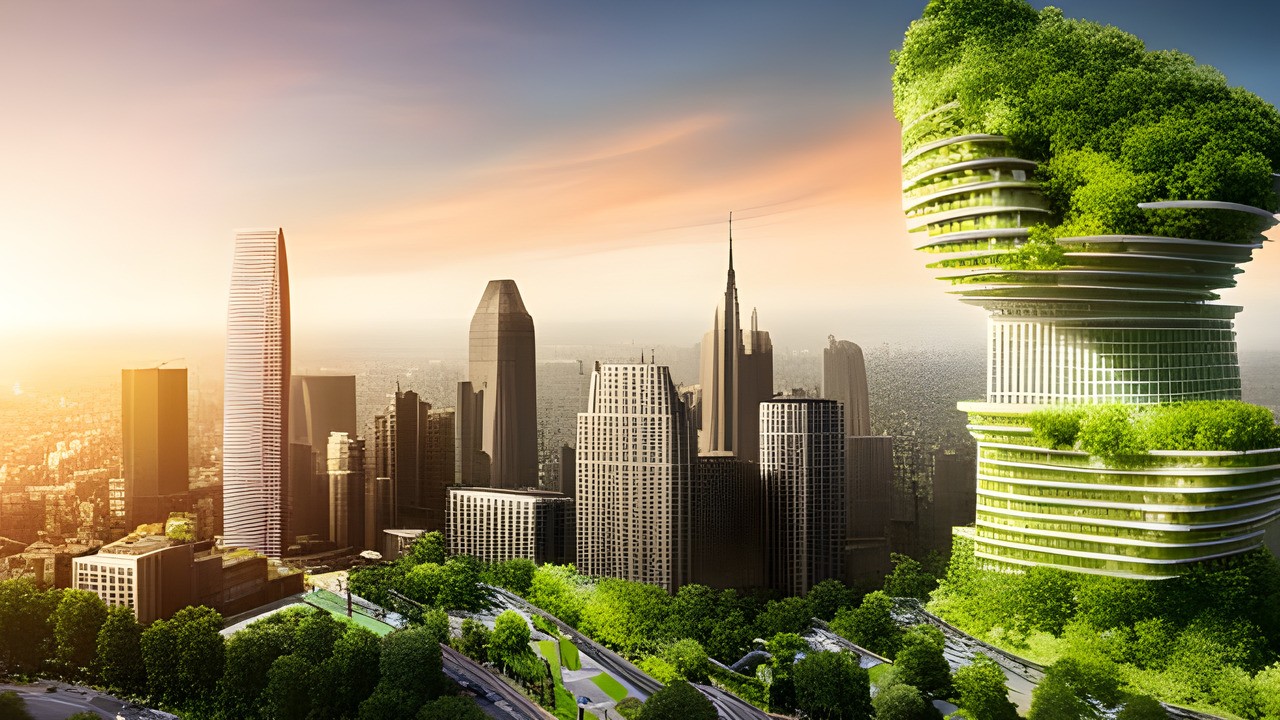Written by Niki Tsani, administrative assistant at Wattcrop.
Net-zero buildings are structures that, over time, produce as much energy as they consume. The concept is part of a broader goal to achieve net-zero energy consumption across various sectors, with buildings being a significant focus due to their substantial energy usage.
Key features and strategies for achieving net-zero buildings include:
- Energy Efficiency: Designing and constructing buildings with highly efficient systems and materials to minimize energy needs. This includes advanced insulation, energy-efficient windows, and energy-saving appliances.
- Renewable Energy Sources: Integrating renewable energy sources such as solar panels, wind turbines, or geothermal systems to generate clean and sustainable energy on-site.
- Energy Storage: Implementing energy storage solutions, such as batteries, to store excess energy generated during peak times for later use or during periods when renewable energy sources are not producing energy.
- Smart Building Technologies: Using advanced technologies like smart thermostats, lighting controls, and building automation systems to optimize energy usage based on occupancy, weather conditions, and other factors.
- Passive Design: Employing passive design principles to maximize natural heating, cooling, and lighting, reducing the reliance on mechanical systems.
- Life-Cycle Assessment: Considering the environmental impact of materials and construction methods over the entire life cycle of the building, from construction to operation to eventual demolition or renovation.
- Carbon Offsetting: Compensating for any remaining carbon emissions through activities such as investing in projects that reduce greenhouse gas emissions or planting trees.

Achieving net-zero status involves a combination of these strategies, and the approach can vary depending on the type of building, local climate conditions, and available resources. Many governments, organizations, and professionals in the construction and architecture industries are increasingly adopting net-zero principles as part of broader sustainability initiatives.

